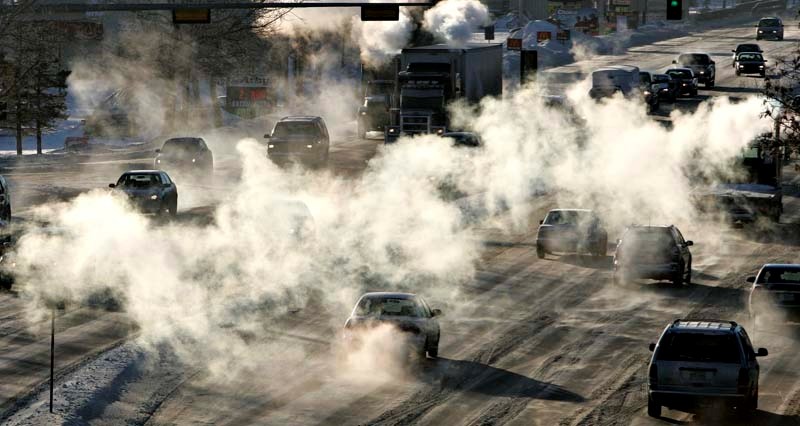Alberta may be over-fertilizing its lawns with the oilsands, says a local air quality scientist, and that could mean major change to the province’s ecosystems.
David Spink, an air quality consultant based in St. Albert who researches air pollution in the Fort McKay region, will be speaking in Edmonton Tuesday about effects of nitrogen emissions from the Alberta oilsands on the environment.
The talk is part of the annual Air & Waste Management Association’s regional conference, said conference chair Sunny Cho, which this year focuses on sustainable environment and energy. This conference will draw about 120 researchers and industry representatives to talk about greenhouse gases, water pollution, tailings ponds and other oilsands-related issues.
Spink will be speaking about nitrogen deposition on behalf of the Cumulative Environmental Management Association – the multi-stakeholder group that monitors the environmental impacts of the oilsands.
Nitrogen (usually in the form of nitrogen oxide or ammonia) is emitted whenever you burn fuel, Spink explained. When absorbed by water and soil, nitrogen acts as a fertilizer and boosts plant growth – to a point. Eventually, the plants start growing less and the nitrogen starts to build up.
“It’s like when you put too much nitrogen on your lawn,” he said.
This can lead to algal blooms and infilling of lakes, said Justin Straker, co-owner of Integral Ecology (a group researching nitrogen deposition in the oilsands), and cause whole shifts in ecosystem populations. European nations have already lost many native species due to nitrogen deposition.
Britain is already seeing its heathlands being replaced by nitrogen-loving grasslands, Spink said, and we’re seeing elevated levels of nitrogen in lakes and pine needles in the oilsands region.
About 300 tonnes of nitrogen oxides are emitted each day in the oilsands region, Spink said, and that’s projected to rise to 500 in 15 years due to industry expansion.
“It’s going to increase significantly,” he said.
The concern is that certain key plants, such as blueberries, will be crowded out by this deposition, Spink said, affecting insect and animal populations and First Nations communities.
“We’re going to change the ecosystem.”
Researchers are now working with CEMA to study the effects of nitrogen in the oilsands. One team is spraying water laced with nitrogen fertilizer onto a wetland near Mariana Lake, while another, of which Straker is a member, is doing the same to a stand of jack pine using a helicopter. They hope to study the effects of this deposition on these regions over the next three years.
Straker hoped this research would help governments set regulations for nitrogen deposition. That could be tough, he added, as unlike some forms of pollution, nitrogen doesn’t seem to induce a sudden, dramatic crash in ecosystems – it’s more of a gradual change.
There are many technologies available to reduce nitrogen emissions, Spink said. The giant dump trucks used in oilsands operations are a major source, so you can cut emissions by making them more fuel-efficient.
Nitrogen deposition is less noticeable in urban areas, Spink continued, as they are already so heavily altered and fertilized, but could affect sensitive areas such as the Wagner Natural Area.
“There’s a lot of nitrogen being emitted in the area,” he said. “What are the potential impacts?”
The two-day conference starts at 8 a.m. this April 16 at the University of Alberta’s Lister Centre. Tickets are $100 to $400. Call Cho at 780-644-4717 for details.




